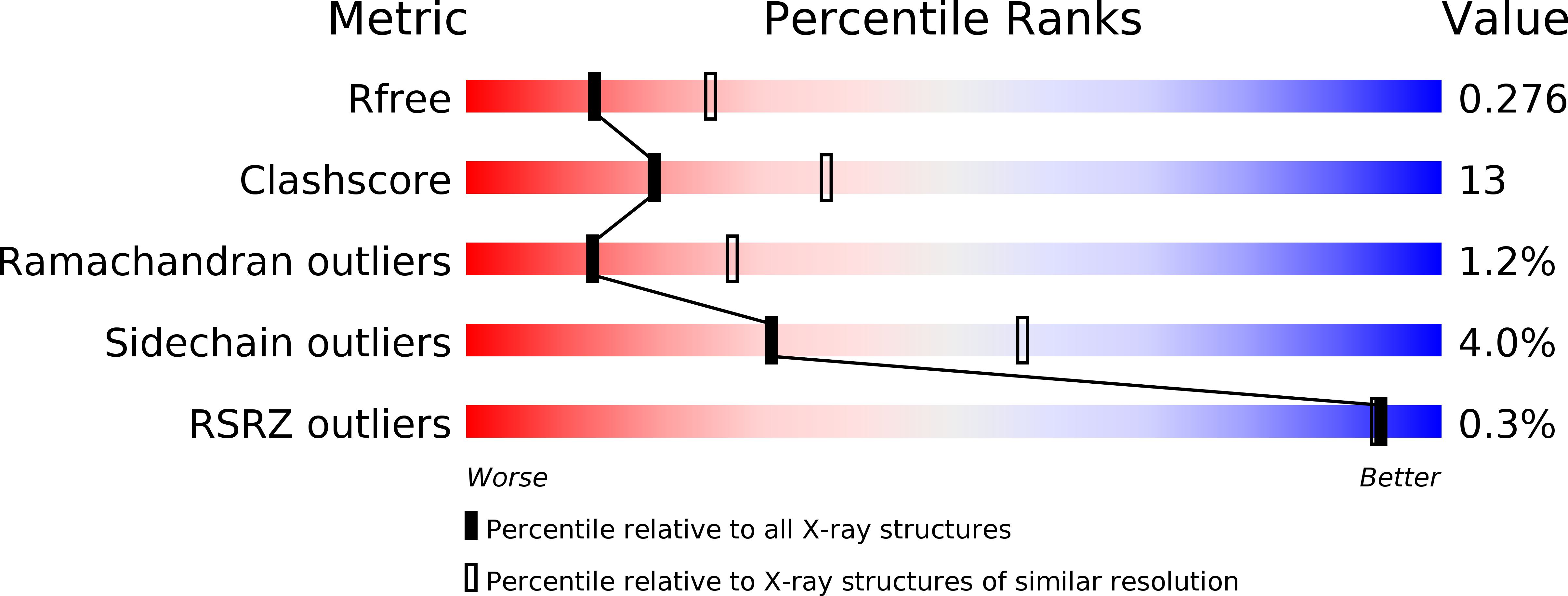
Deposition Date
2003-07-07
Release Date
2003-11-04
Last Version Date
2024-11-06
Entry Detail
PDB ID:
1PY1
Keywords:
Title:
Complex of GGA1-VHS domain and beta-secretase C-terminal phosphopeptide
Biological Source:
Source Organism:
Homo sapiens (Taxon ID: 9606)
Host Organism:
Method Details:
Experimental Method:
Resolution:
2.60 Å
R-Value Free:
0.28
R-Value Work:
0.23
R-Value Observed:
0.23
Space Group:
P 21 21 2


